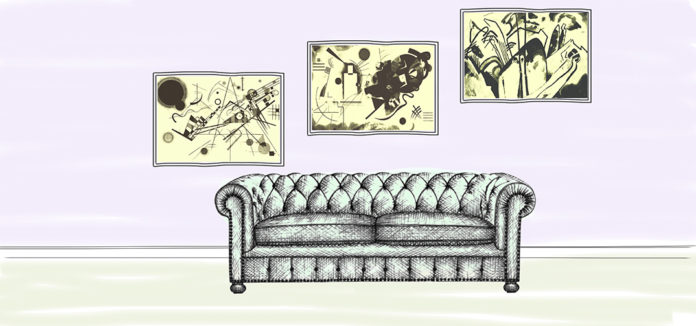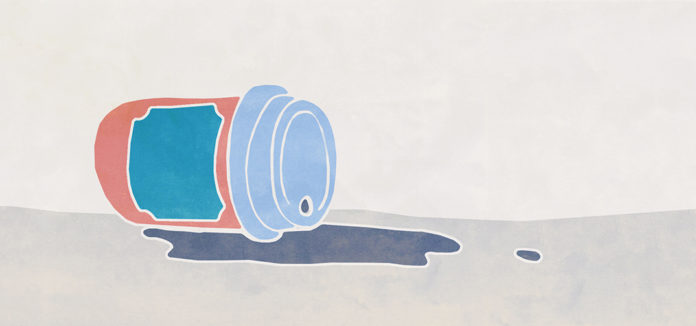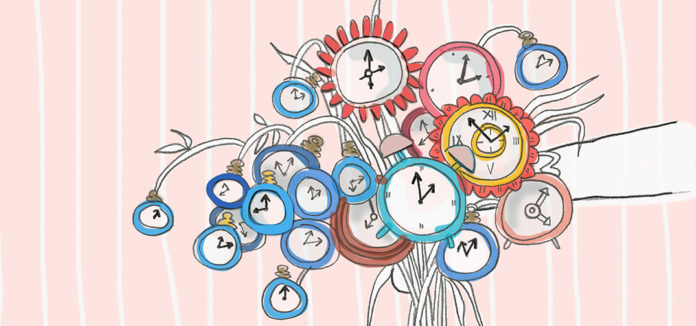What does it take to make a good marriage? A study at the University of Virginia explored this question in depth. The results challenge some of our fundamental beliefs about wedded bliss.
What happens in Vegas doesn’t stay in Vegas
According to the report, the past matters. The ghosts of the prior romances can haunt new ones. Those who had more romantic experiences…are more likely to have lower-quality marriages than those with a less complicated romantic history.
This is counterintuitive. In most areas of life, more experience is better. Not when it comes to marriage. The researchers believe that the more past relationships one has had, the more one is aware of what could have been. The tendency to compare the current partner with past partners can undermine marriage quality. Also, the more relationships someone has had, the more breakups they have had. The researchers argue that this can lead to a more jaundiced view of marriage.
Sliding versus deciding
How couples navigate their way through transitions is a predictor of marriage quality.
How couples hand choices seems to matter. Some make definitive decisions that move them from one stage of a relationship to another. Others are less intentional. Rather than consciously deciding how and when to transition to the next stage of the relationship, they slide through milestones without prior planning.
For example, couples who make a deliberate decision to live together as compared to those who say, “it just happened” had greater marriage quality later on. Having explicit conversations and making active choices about major milestones clearly matters.
A big fat wedding
Having a formal wedding is associated with higher marriage quality.
(This) may have to do with the act of having a public ceremony, which symbolizes a clear decision to commit to one’s marriage…Wedding ceremonies ritualize the foundation of a commitment.
According to the report, couples who had more than 150 guests attend their wedding had better marriages in the long run. It is possible that a large celebration filled with family and friends functions as a symbol of encouragement and support throughout the marriage.
Bottom Line
Remember that what you do before you say “I do” seems to have a notable impact on your marital future. So decide wisely.
I wish you all the best,
Dr. Samantha Boardman







